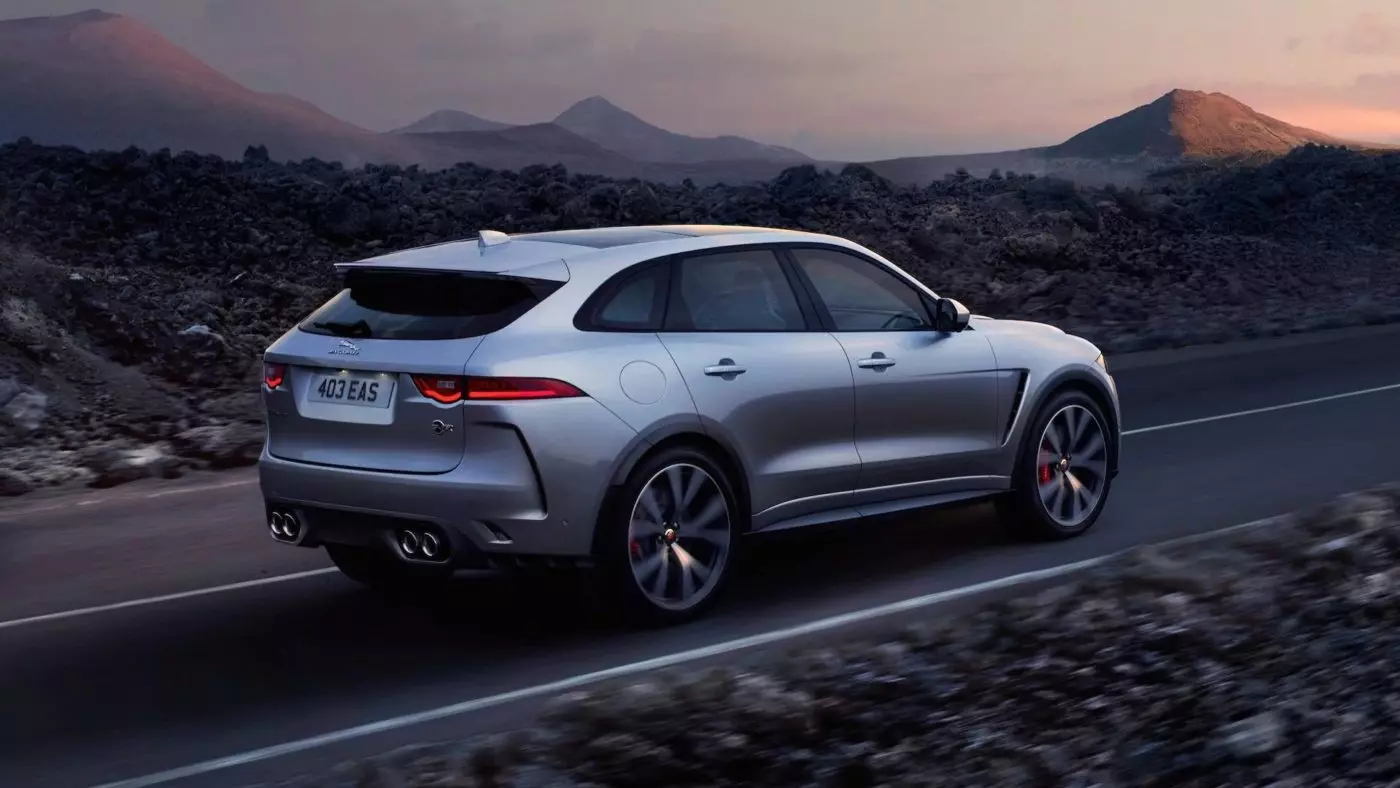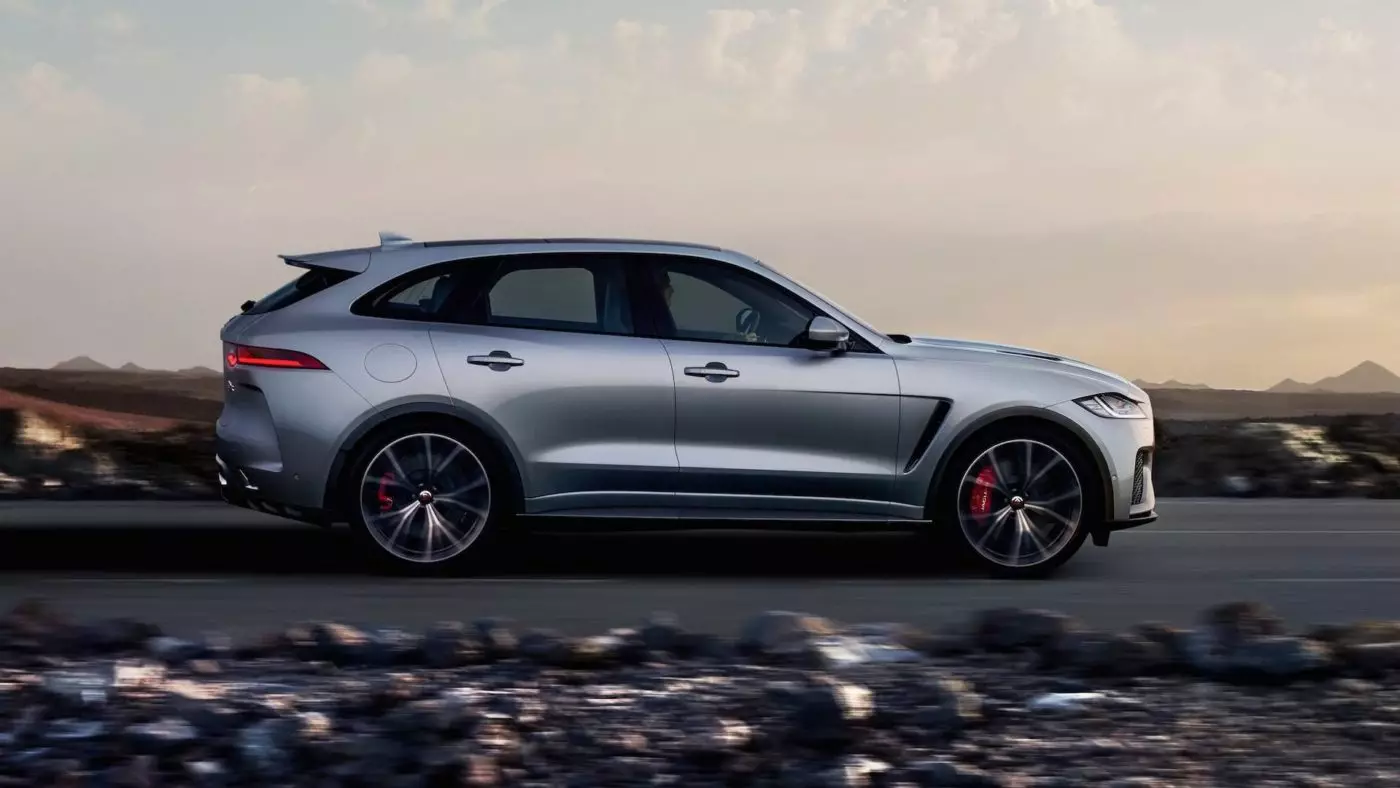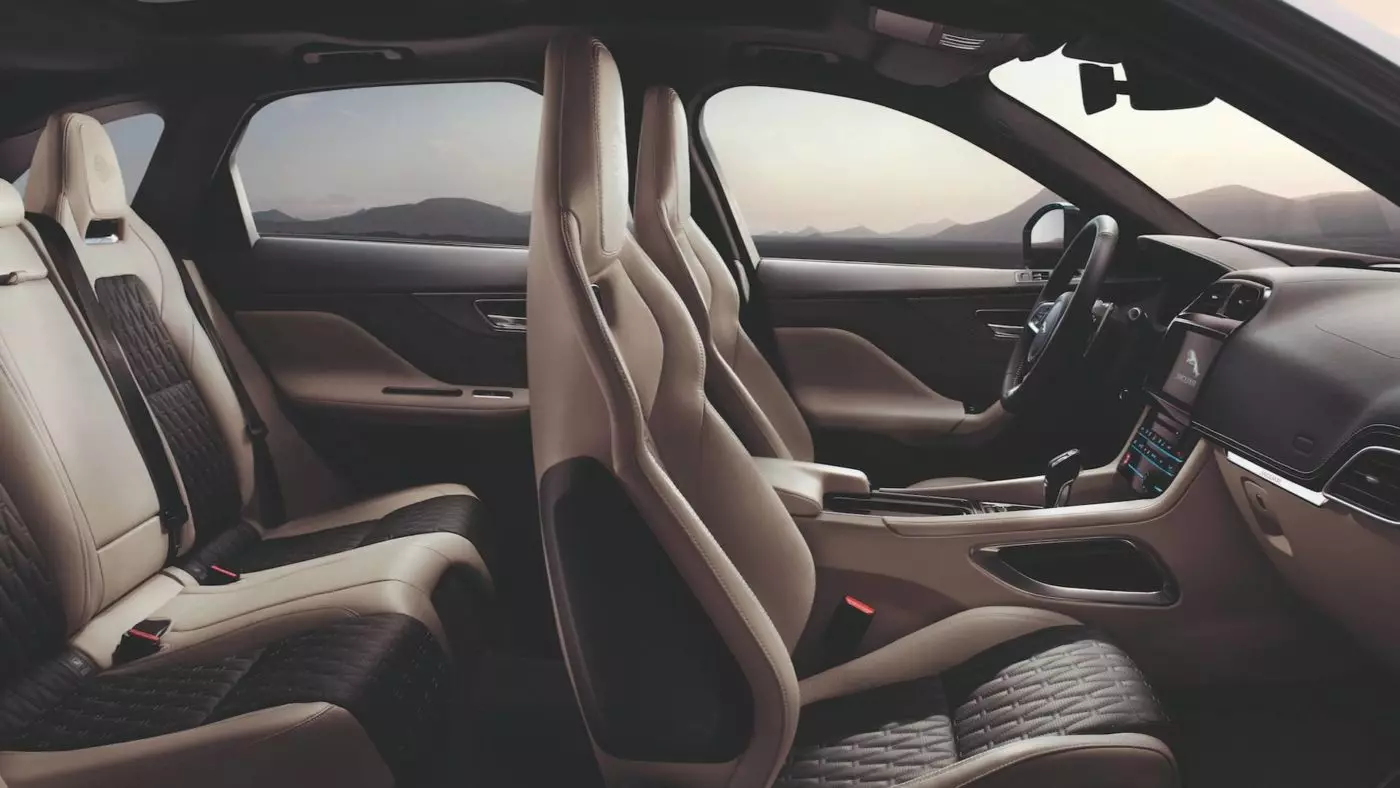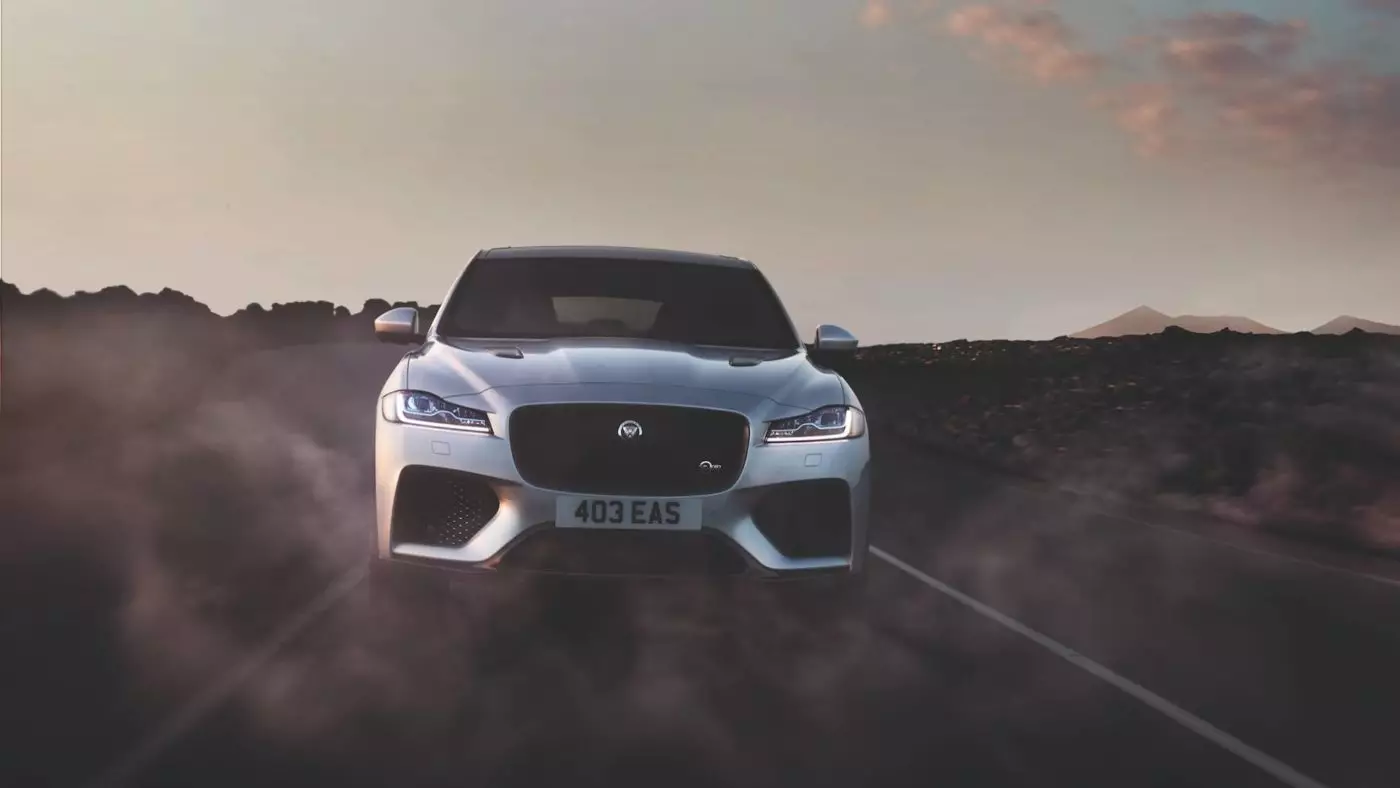Signs of the times. Jaguar has yet to come up with any SVR versions of its latest saloons — apart from the very limited XE SV Project 8 — and it fell to Jaguar F-Pace SVR , an SUV, is the second model to bear this acronym — the first was the F-Type SVR.
We can discuss ad eternum the reason for the existence of SUVs “glued to the asphalt”, but the F-Pace SVR comes with strong arguments to convince us of its predicates. This is the sportiest and “hardcore” version, so the first question is really about what's under the hood.
Powerrrrrr...
It doesn't disappoint. To move the estimated two tons, the service of the known 5.0 liter V8, with compressor , already existing in the F-Type, here debiting around 550 hp and 680 Nm of torque , always coupled to an automatic gearbox (torque converter) of eight speeds and with all-wheel drive.

The installments accompany the generous numbers of the V8: only 4.3 seconds to reach 100 km/h and 283 km/h top speed . Despite the excellent numbers, we have to point out that both the Mercedes-AMG GLC C63 (4.0 V8 and 510 hp), as well as the Alfa Romeo Stelvio Quadrifoglio (2.9 V6 and 510 hp), do more with less horsepower — both take half a second off us. 0-100 km/h (3.8s), with the Italian matching the Brit's top speed.
dynamic bet
The numbers don't always tell the whole story, with the dynamic component being largely highlighted, as Mike Cross, chief engineer at JLR points out:
The F-Pace SVR has the drive and agility to match your performance. Everything from the steering to the single suspension has been tuned specifically for our performance SUV and the result is a vehicle that meets the expectations of the F-Pace and SVR names.

In that sense, the Jaguar F-Pace SVR chassis comes with strong arguments. It is the first F-Pace to come equipped with a active electronic rear differential (It was originally developed for the F-Type) It allows for torque vectoring, the springs are 30% firmer at the front and 10% at the rear than on other F-Paces, and the stabilizer bar is new — body trim has been reduced by 5 %.
The braking system has also been enhanced, with the F-Pace SVR introducing larger two-piece discs with diameters of 395 mm at the front and 396 mm at the rear.
Weight Combat
Despite a predicted weight north of two tons, efforts were made to reduce the weight of various components. The two-piece disc brakes already mentioned are one of those measures, but it doesn't stop there.
The exhaust system, with an active variable valve — an appropriate sound must be ensured — reduces back pressure and brand announces that it is 6.6 kg lighter than in other F-Pace.
The wheels are huge, 21 inches, but as an option there are bigger ones, 22 inches. Because they are forged, they are also lighter — 2.4 kg at the front and 1.7 kg at the rear . Why the backs don't lose as much weight has to do with the fact that they're also an inch wider at the back than the front.

Newly designed sports seats at the front, thinner.
Aerodynamics creates sportier style
The higher performance forced the Jaguar F-Pace SVR to be re-elaborated in order to reduce positive lift and friction, as well as increase aerodynamic stability at high speed.
You can see redesigned bumpers both at the front and at the rear, with larger air intakes, as well as an air outlet just behind the front wheel (reducing the pressure inside the wheel arch).
The bonnet was also changed, incorporating air vents that allow hot air to be drawn from the engine and at the rear we can see a specifically designed spoiler.
Changes that also contributed to a more sporty/aggressive style, meeting the premises of its technical characteristics and performance.

Front dominated by the new bumper, with larger air intakes.
The Jaguar F-Pace SVR will be available to order from the summer.
